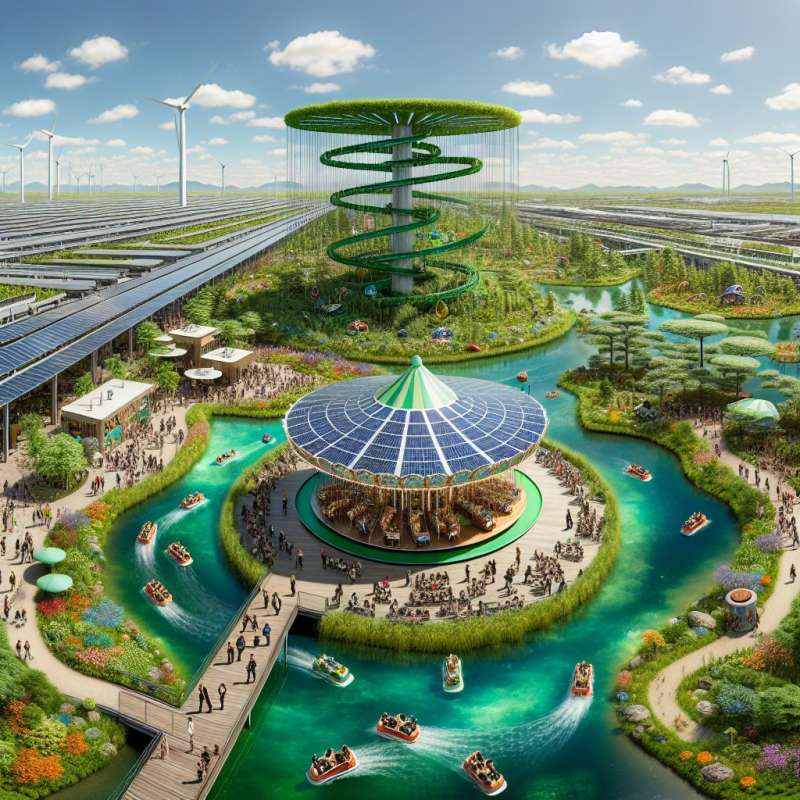
Defining Theme Park Design
Theme park landscape design integrates imaginative architecture, engineering, and landscaping to create immersive environments. It's a multidisciplinary approach to evoke emotions and create memorable experiences.
History of Landscape Design
The first theme parks emerged in the 19th century. Landscape design was integral, with early parks like Copenhagen's Tivoli Gardens influencing Disneyland's layout and thematic zones.
Psychology of Space
Designers utilize space psychology to manage crowd flow and influence behavior. Pathways and sightlines are crafted to draw visitors towards attractions, balancing excitement with restful spaces.
Sensory Engagement Secrets
Unexpectedly, plants are selected not just for aesthetics but for their sounds, textures, and even scents, enhancing the multisensory experience and reinforcing the thematic illusion.
Sustainability in Design
Modern theme parks incorporate sustainable practices like native planting, water recycling, and habitat creation, aiming for eco-friendly entertainment and reduced operational costs.
Hidden Design Techniques
Designers often embed 'hidden Mickeys' or easter eggs in landscapes. These subtle features create an interactive layer, encouraging exploration and repeat visits.
Future Landscape Innovations
Emerging technologies like augmented reality and interactive landscapes are paving the way for a new era of theme park experiences, blurring the lines between physical and digital realms.Disneyland's Secret Smells
Disneyland uses 'Smellitzers' to pump scents like fresh cookies and ocean breeze into specific areas, enhancing the immersive experience.
What defines theme park landscape design?
Architectural imagination and emotion
Use of futuristic technology only
Solely planting native species
Company